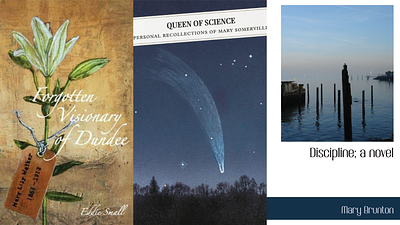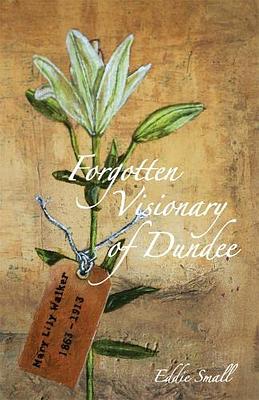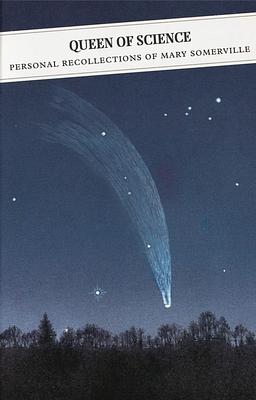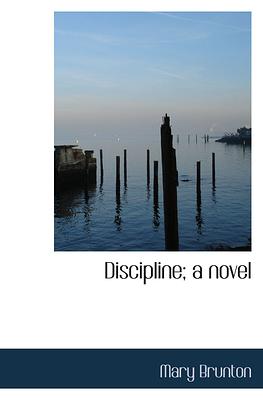Looking for all Articles by Ruth Boreham?
Three Scottish Marys from history who inspire our work
Ruth from our Early Years team thanks three Scottish Marys for their contributions to early years, education, and the literary world.

On 19 March 1911 more than one million people in Austria, Denmark, Germany and Switzerland celebrated the very first International Women's Day. Since then it has grown globally, with the United Nations declaring March 8 as the UN Day for Women's Rights and World Peace in 1977.
It is a great opportunity to stop and celebrate the women of today, recognising the work still to do, and thanking those who came before us.
This year, I would like to thank three inspirational Scottish Marys from the past for their contributions to early years, education, and the literary world.
Mary Lily Walker (1863-1913)
Mary spent the last 15 years of her life working hard to improve conditions for the poor of Dundee, particularly women and children. Advocating for social workers, and better housing, it is as an early years champion she really deserves recognition. She realised how important the first few months and years were of a child's life, and how the bond between mother and child could really help improve the child's chances in life. She then helped to start a women's hospital, baby clinics, ensured the provision of school dinners, clubs for children (including after school groups) and more.
In 1906, working for the Dundee Social Union, Mary oversaw the opening of a restaurant for working mothers. For the first three months of the baby's life, if the mother promised not to work and breastfeed their child, they were given nourishing meals and help. It proved so successful that more restaurants and infant health clinics were opened, all of which helped to drive down infant mortality in the city.
Mary Somerville (1780–1872)
Born in Jedburgh and brought up in Burntisland, Mary received the education many girls at this time did – one designed to prepare them for marriage. And she was successful, marrying twice and having children. On the surface, she behaved just as all women were told they should.
But that wasn't enough for Mary Somerville! From childhood her thirst for knowledge led her to discover algebra, astronomy, geography, and other sciences. She was the first woman to have an article published in the Royal Society's journal, and published her first book aged 50. The first use of the word 'scientist' was to describe her in a review of one of her books.
She carried on working until her death at 92 and obituaries of the day called her Queen of Science. She continued to inspire many who came after her, not least those who attended, the Oxford College named after this formidable woman.
Mary Brunton (1778–1818)
And of course, I can't end this list without mentioning a novelist.
Mary Brunton, born in Orkney, was a direct contemporary of Jane Austen. She fell in love with the tutor of her younger brothers, a match that was not approved of by her parents. They eloped and spent much of their marriage in the Lothians and Edinburgh.
She published two novels, Self-Control in 1811 and Discipline in 1814, and was working on another when she sadly died after giving birth to a still born son. Her published novels were popular, and deserve to be recognised again now, even if their religious tone is a little different to what we are used to.
Both were described as redefining femininity, and are stories of self-discovery with strong heroines making their own way in the world. They are about using your own abilities and mental strength, showing women that they can survive and become independent.
As true then as it is now.


